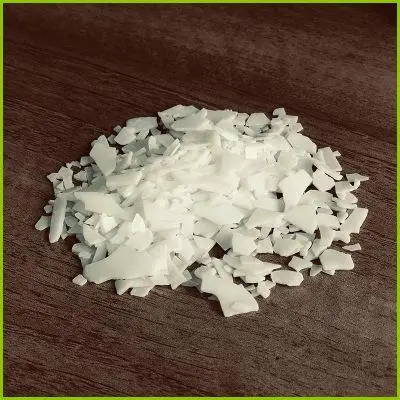**Surfactant Secrets: Getting the Mix Just Right**
(How Much Surfactant To Use)
Surfactants are like the magic middleman in cleaning products. They make water wetter, help oils lift off grime, and trap dirt so it doesn’t cling back. But here’s the catch—use too little, and your soap becomes a lazy bystander. Use too much, and you’re left with a sticky mess. So how do you hit the sweet spot? Let’s break it down.
First, think about what you’re cleaning. A laundry load caked in mud needs more surfactant than a light dusting on dishes. Heavy-duty jobs demand a stronger mix. But “stronger” doesn’t always mean “more.” Surfactants work by forming tiny structures called micelles. These trap grease and dirt. Add too many surfactants, and micelles overcrowd. They stop working well. It’s like trying to park ten cars in a two-car garage.
Next, check your water. Hard water fights with surfactants. Minerals like calcium and magnesium bind to them, making them less effective. Soft water lets surfactants do their job without interference. If your water is hard, you might need a bit more surfactant. But don’t go overboard. A water softener or a chelating agent can help instead.
Now, consider the product type. Shampoos and body washes need gentle formulas. Too much surfactant strips natural oils, leaving hair frizzy or skin dry. Dish soaps and degreasers can handle stronger doses. They’re built to tackle grease. Always follow the manufacturer’s guidelines. They’ve tested the ratios for you.
Foam is a clue. Lots of bubbles might feel satisfying, but foam doesn’t equal cleaning power. Some surfactants foam a lot. Others work quietly. If you’re tweaking a homemade cleaner, add surfactant slowly. Test after each tweak. See how it cleans. See how it feels.
What happens if you use too much? Residue. Surfactants can leave a film on surfaces, clothes, or skin. This attracts dirt, making things grimy faster. Too little, and stains outlast your scrubbing. It’s a balancing act. Start with the recommended amount. Adjust based on results.
Experiments help. Mix a small batch first. Try one teaspoon of surfactant per cup of water. Clean a test spot. Notice streaks? Add a bit more. Still not cutting grease? Boost the surfactant by half a teaspoon. Keep notes. Track what works.
Temperature matters. Warm water boosts surfactant efficiency. It loosens grime and helps surfactants move freely. Cold water makes them sluggish. If you’re stuck with cold, compensate with a slight surfactant bump. Not too much.
Plants and pets add another layer. Some surfactants harm the environment. Even biodegradable options need careful dosing. Dilute properly. Rinse thoroughly. Protect what’s around you while you clean.
Cost is a factor. Surfactants aren’t free. Overuse wastes money. Underuse wastes effort. Find the minimum effective dose. Your wallet and your results will thank you.
There’s no universal answer. Variables like dirt level, water type, and product goals shift the ideal ratio. Start small. Tweak. Observe. Surfactants are tools, not miracles. Use them wisely, and they’ll make your cleaning life easier.
(How Much Surfactant To Use)
One last tip: when in doubt, think “Goldilocks.” Not too much. Not too little. Just right.
Inquiry us
if you want to want to know more, please feel free to contact us. (nanotrun@yahoo.com)




